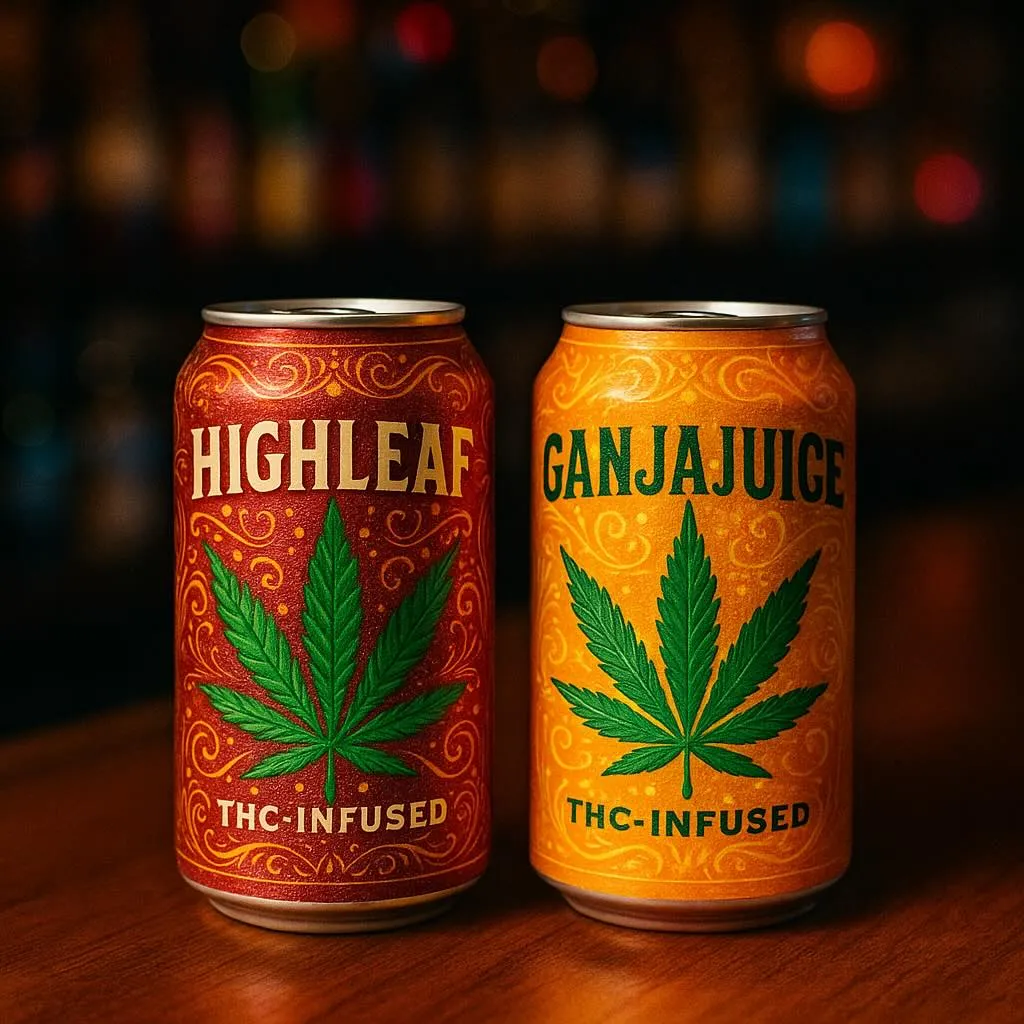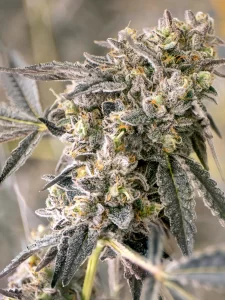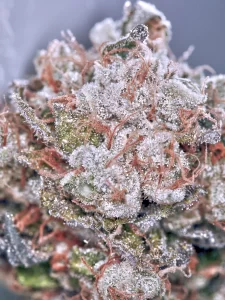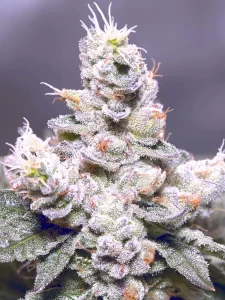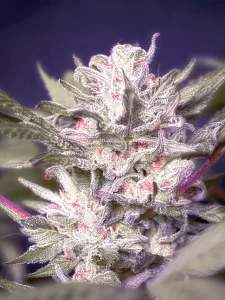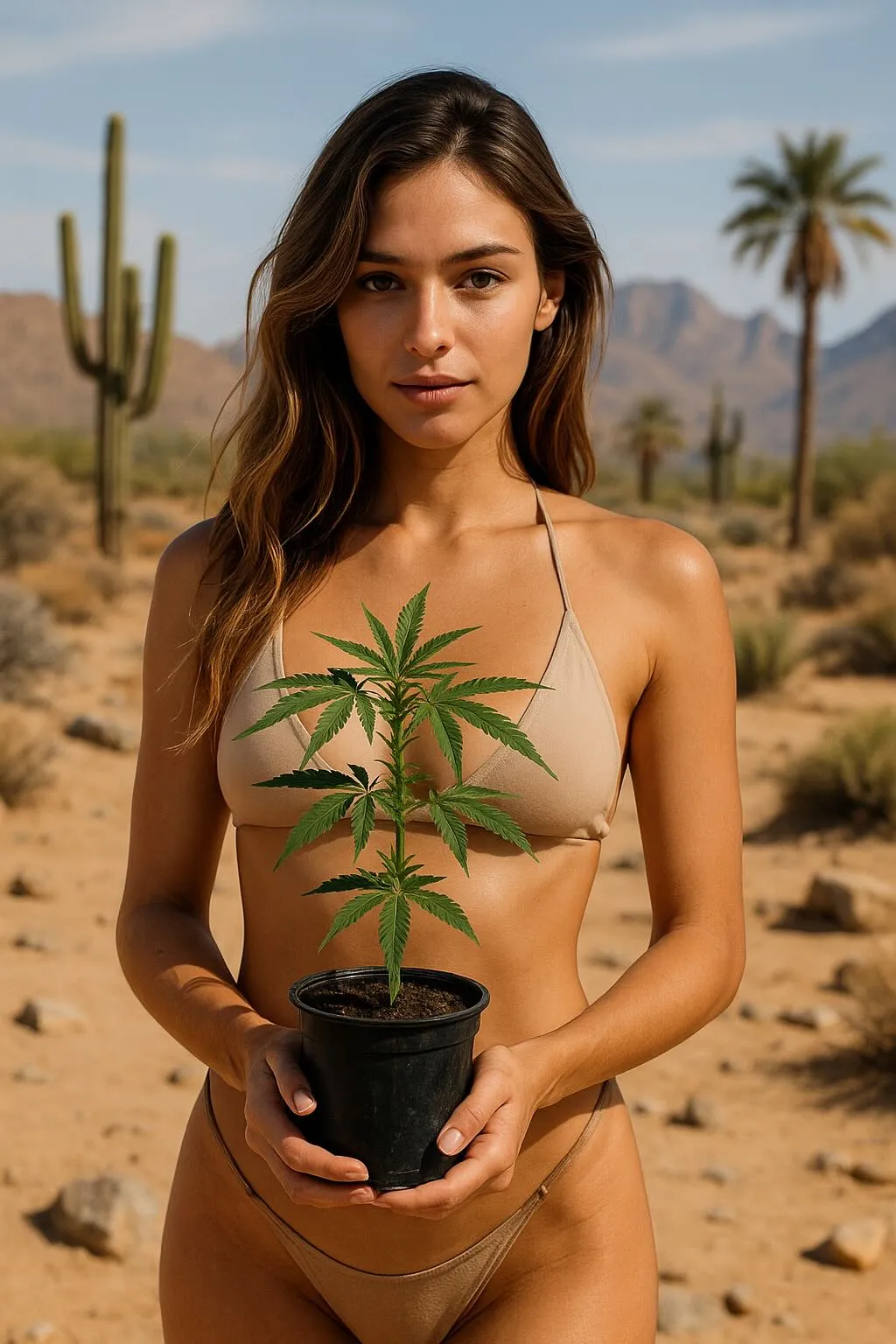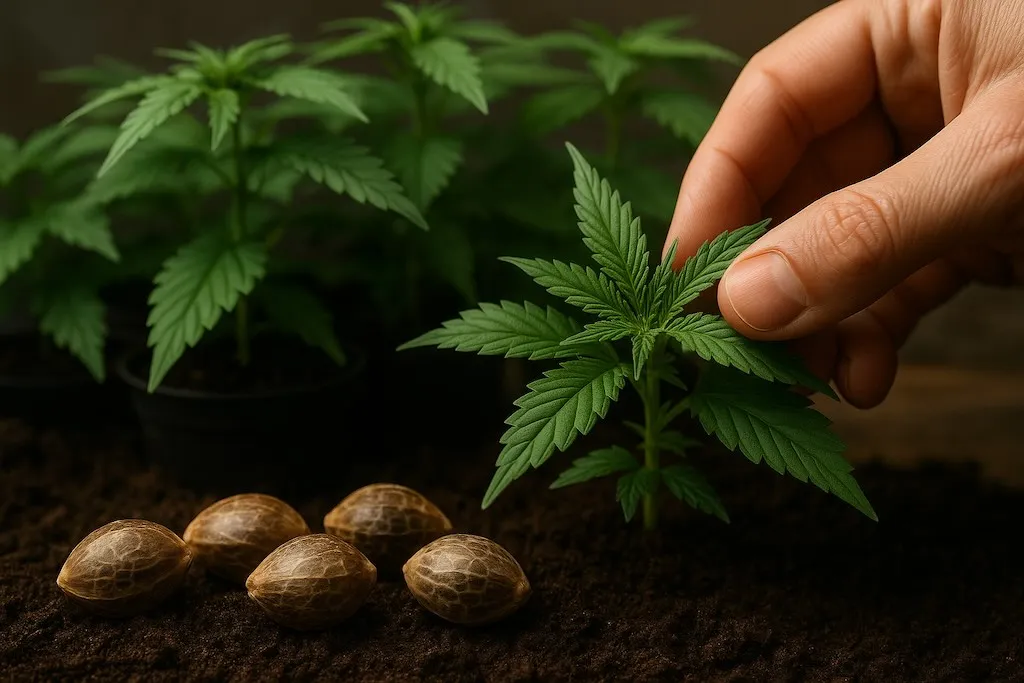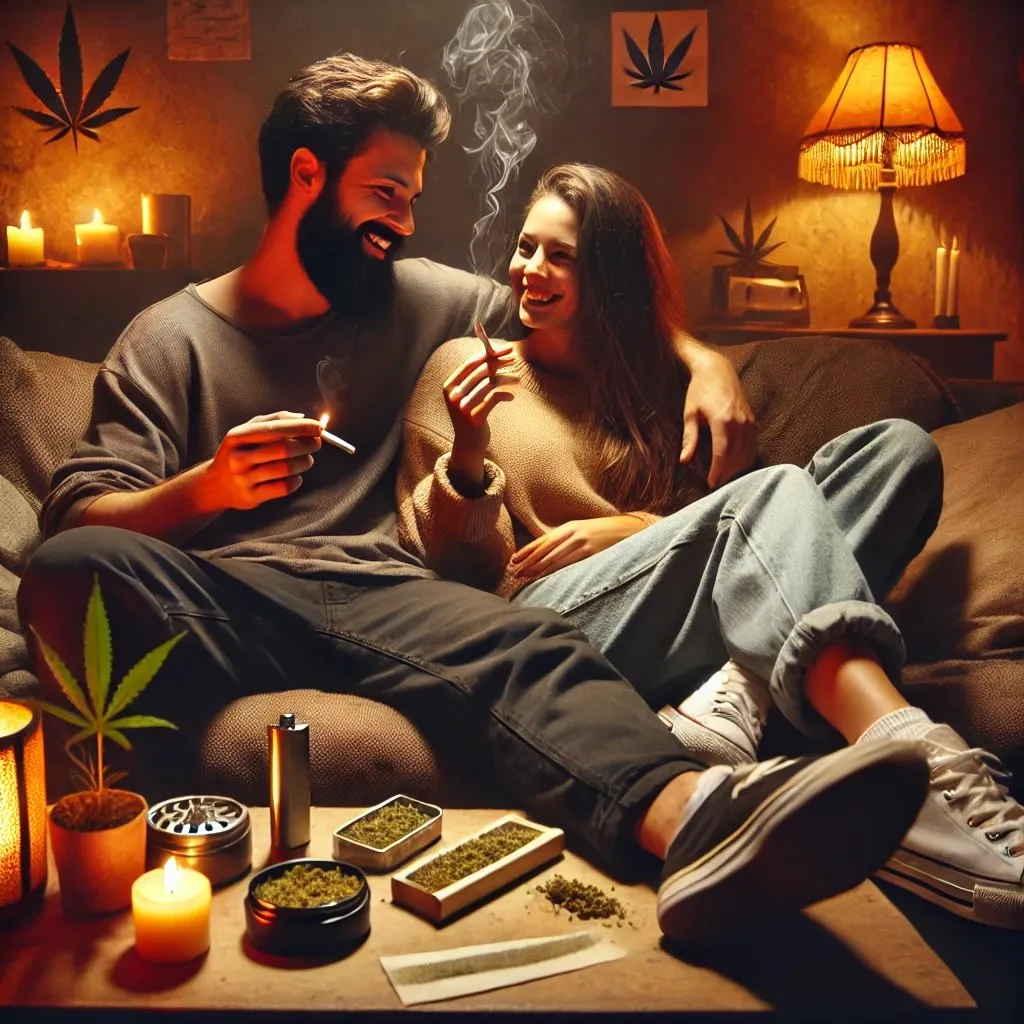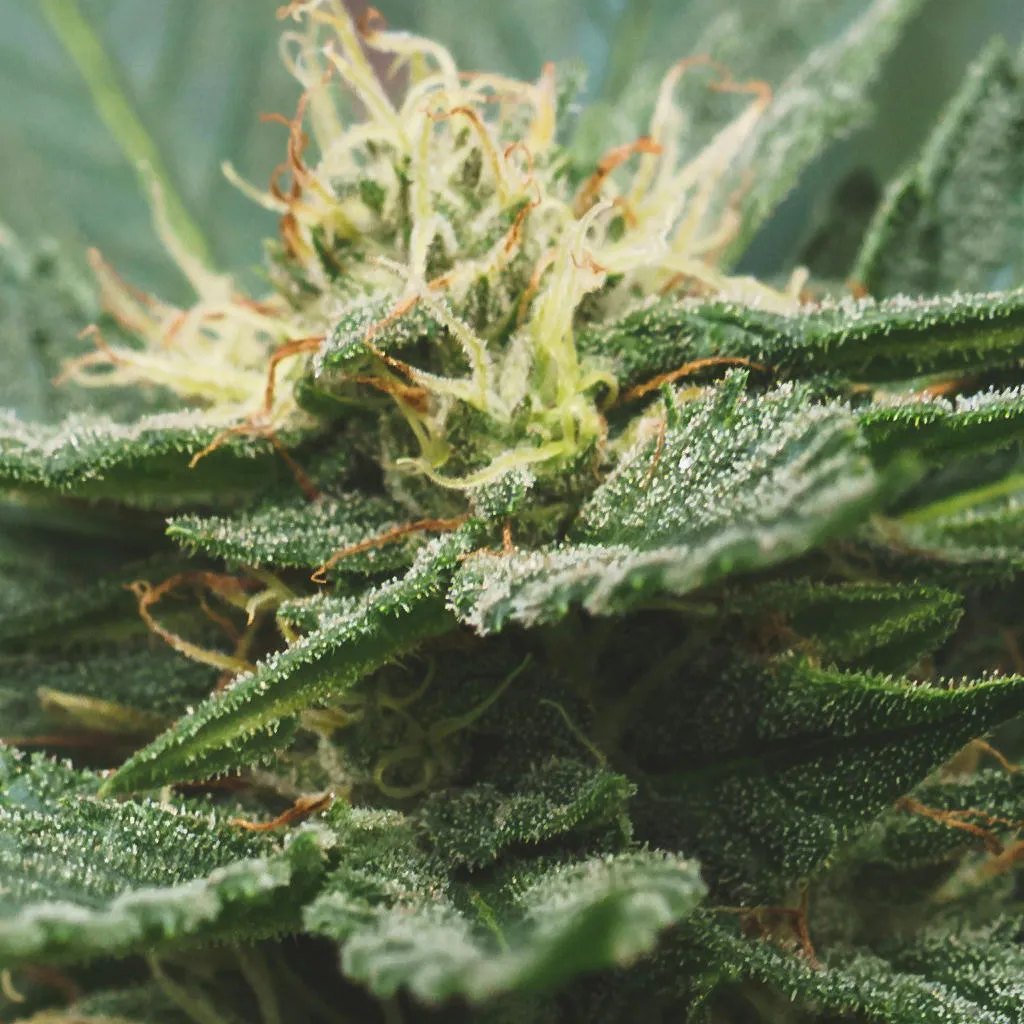THC drinks are rapidly becoming one of the most talked-about trends in the cannabis world. These colorful cans promise to deliver a controlled, hangover-free buzz without the downsides of alcohol. For some, they’re a health-conscious alternative to booze. For others, they’re just another gimmick in the ever-growing range of cannabis-infused products. The truth? Somewhere in between — and worth exploring in depth.
🍹 The New Buzz Without the Booze
Imagine it’s Friday night. You walk into a stylish bar, music humming in the background, and instead of ordering your usual beer or gin and tonic, you scan the drink menu and see something like “Highleaf Sparkling Citrus” or “Ganjajuice Tropical Punch.” The bartender pops open a can, pours a golden, lightly fizzy liquid into a chilled glass, and you take your first sip. It’s fresh, flavorful, and — here’s the twist — it’s infused with THC. No alcohol. No gin burn. Just a smooth, subtle buzz that sneaks in after 20 minutes. That’s the magic hook of cannabis beverages: they bring the social drinking ritual without the hangover, beer belly, or questionable text messages to your ex at 3 a.m.
🌿 What Exactly Are THC Drinks?
A THC drink is any beverage infused with tetrahydrocannabinol (THC), the main psychoactive compound in marijuana. This is what gives you that signature cannabis high. Unlike CBD drinks, which are popular in wellness circles for their non-intoxicating, calming effects, THC drinks are all about delivering a pleasant buzz — sometimes mild, sometimes potent. The challenge historically has been THC’s chemistry. THC is fat-soluble, meaning it blends with oils, not water. This is why classic cannabis edibles involve butter or oil. But in the last few years, technology — specifically nanoemulsion — has allowed producers to break THC down into tiny particles that can disperse evenly in water-based drinks. This means your THC mocktail, soda, or iced tea is consistent in potency, shelf-stable, and, most importantly, pleasant to drink.
Common Types of THC Beverages:
Sparkling sodas (citrus, berry, tropical)
Mocktails and cannabis cocktails (mojito-style, margarita-style)
Iced teas and lemonades
Non-alcoholic THC “beers” and “wines”
Functional drinks with adaptogens and vitamins plus THC
Each category targets a slightly different market — from health-conscious yoga enthusiasts to party-goers who want a buzz without booze.
🚀 Why THC Drinks Are Replacing Booze for Many
This shift ties directly into the California Sober lifestyle — cutting out alcohol while still enjoying cannabis. The motivations are varied, but they’re not hard to understand.
1. No Hangover: Alcohol is notorious for leaving you dehydrated, foggy, and sometimes miserable the next morning. THC doesn’t do that. Sure, you might feel a little groggy if you overdo it, but you won’t have the pounding headache and dry mouth combo.
2. Fewer Calories: Alcoholic drinks can add up quickly in calories — a pint of beer is ~200 calories, a margarita can hit 300+, and those sugary cocktails can hit 500. Many THC drinks have 20–100 calories.
3. More Social Control: While alcohol can make people sloppy or aggressive, cannabis tends to make users relaxed, talkative, or introspective. A night of THC drinks might end in group laughter or deep conversations rather than bar fights.
4. Novelty and Style: Let’s be real — the cans look cool. Bold colors, cannabis leaf motifs, and playful names make them an instant conversation starter.
🤔 But THC Drinks Aren’t Perfect
Like any cannabis product, they have their downsides.
1. Faster Onset Can Backfire: Most THC drinks kick in within 15–30 minutes — much faster than the 45–90 minutes for standard edibles. That’s great for impatient consumers, but it also tempts people to have a second serving too soon. The result? A sudden, overwhelming high.
2. Dosing Variability: A microdose drink might contain just 2 mg THC — barely perceptible for experienced users — while others have 10–25 mg, which can be intense for beginners.
3. Crossfading with Alcohol: Mixing cannabis with alcohol (crossfading) can amplify the effects in unpredictable ways, often leading to nausea, dizziness, or extreme intoxication.
4. Legal Patchwork: Even where cannabis is legal, THC beverages can fall under different categories than edibles, creating rules that confuse both consumers and bar owners.
📈 Why This Trend Is Exploding Now
Several cultural and market forces are converging to make cannabis-infused beverages the hottest segment in the marijuana industry.
Generational Drinking Shift: Gen Z and Millennials are drinking less alcohol than older generations at the same age. Cannabis, especially in “healthy” forms, is filling that gap.
Expanded Legalization: As more U.S. states and countries legalize recreational cannabis, innovation accelerates.
Health Marketing: THC drinks are positioned as a “cleaner” alternative to alcohol — fewer calories, no hangover, plant-based.
Social Media Appeal: A can of brightly designed weed soda looks great in a photo — it’s a lifestyle accessory as much as a drink.
🍹 Imaginary but On-Brand THC Drink Stars
Highleaf: Sparkling citrus with a hint of lime and hemp; 5 mg THC for a gentle buzz. Perfect for first-timers or social drinkers.
Ganjajuice: Tropical punch meets mango with 10 mg THC; a vibrant beach-party-in-a-can.
Even though these are made-up for this article, they mimic the style of actual products flooding dispensaries today — catchy names, distinct flavor profiles, and target demographics.
💡 How to Enjoy THC Drinks Responsibly
Whether you’re a cannabis veteran or new to edibles, THC drinks require a bit of strategy.
Start Low, Go Slow: Try 2–5 mg first, then wait at least 30 minutes.
Read Labels Carefully: Don’t assume potency — always check the THC content.
Hydrate: THC doesn’t cause dehydration like alcohol, but hydration improves the experience.
Avoid Booze (Initially): Test how your body reacts to THC drinks on their own before mixing with alcohol.
Don’t Drive: THC impairs reaction time — same rule as alcohol.
🧠 THC Drinks vs. Alcohol — The Health Debate
Alcohol has been linked to liver damage, cancer, heart disease, addiction, and countless accidents. THC avoids many of these, but it’s not without concerns. Frequent high-dose cannabis use can impact memory, mental health, and motivation. THC also increases heart rate, which can be risky for some users. So, is it healthier? For many, yes — especially in moderation — but like all intoxicants, THC drinks should be enjoyed responsibly.
🌍 The Future of the Cannabis Drinks Market
The global cannabis beverages market is projected to hit billions in revenue within the next few years. Trends to watch:
Low-Dose Social Sippers: Drinks with 2–3 mg THC for casual consumption throughout an evening.
Balanced CBD + THC Blends: CBD can temper THC’s psychoactivity, creating a calmer high.
Flavor Innovation: Expect everything from THC-infused cold brew coffee to botanical sodas with lavender or rosemary.
Cannabis Lounges: States like California and New Jersey are already experimenting with spaces where you can buy and drink weed cocktails on-site.
😂 The Lighter Side of THC Beverages
The culture around THC drinks is already generating inside jokes and memes:
The “I Didn’t Feel Anything… So I Had Three” Club: The moment you realize your tolerance isn’t as high as you thought.
Overly Honest Marketing: “Tastes like LaCroix if LaCroix wanted you to overthink your life choices.”
Instant Philosophers: That friend who starts analyzing the meaning of time zones after two cans.
🏁 Final Sip — Are THC Drinks Worth It?
If you want a controllable, social, and hangover-free high, THC drinks are absolutely worth trying. They’re the next frontier in cannabis consumption, and as legalization grows, so will the variety and quality. Just remember: start slow, respect the dose, and treat it with the same caution you would alcohol. Whether you’re team Highleaf, Ganjajuice, or just curious about the hype, there’s never been a better time to explore the world of weed beverages.

